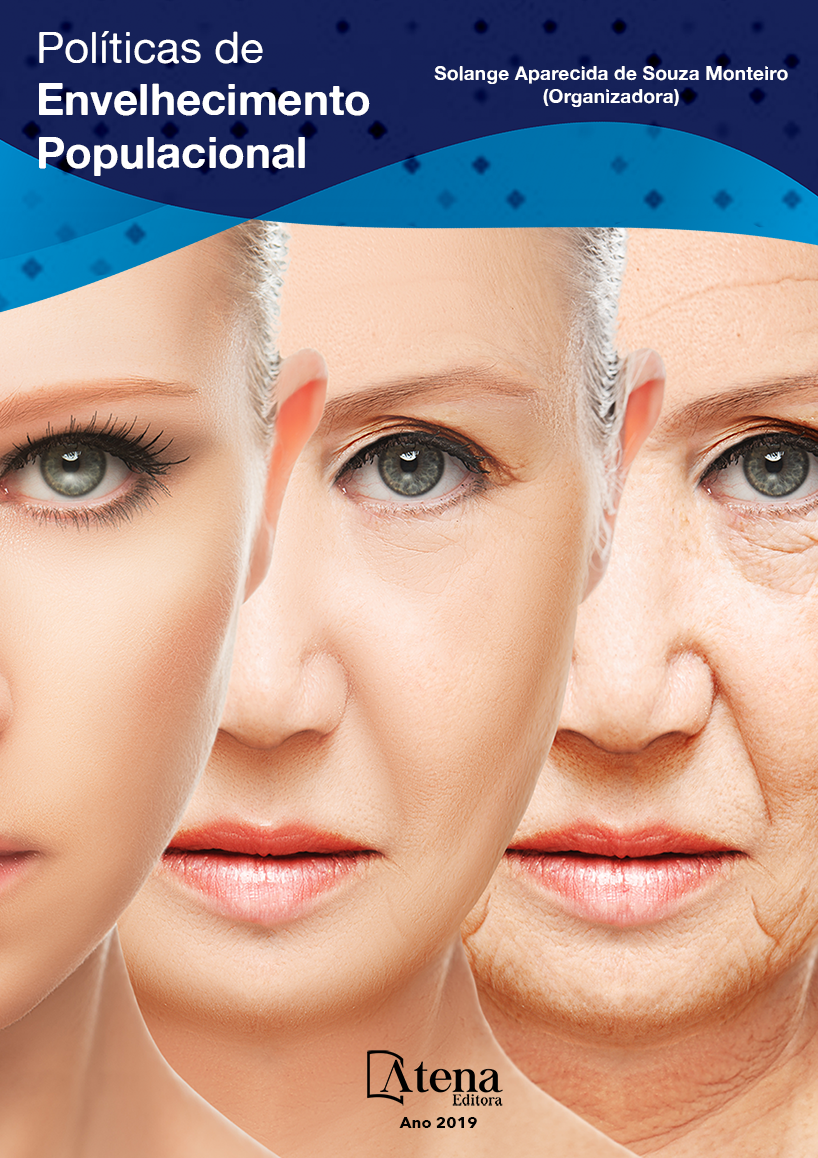
BENEFÍCIOS DA ANALGESIA POR ACUPUNTURA PARA O PACIENTE IDOSO DURANTE PROCEDIMENTO CIRURGICO ODONTOLÓGICO
O sucesso da Acupuntura, uma
técnica milenar da Medicina Tradicional Chinesa
na qual as doenças são tratadas por meio da
inserção de agulhas em diversos pontos do
corpo, contribuiu para seu reconhecimento
como especialidade odontológica, em especial
por aumentar a resposta imune e reduzir o
estresse e a ansiedade induzidos durante
procedimentos odontológicos. Desta forma,
idosos com restrições relacionadas ao uso de
anestésicos durante procedimentos cirúrgicos
podem se beneficiar quando da realização da
analgesia por acupuntura. Este estudo discute
os benefícios da analgesia por acupuntura para
um paciente idoso por meio da apresentação de
um caso relacionado à realização de extração
dentária. A paciente MRG, 61 anos, procurou
atendimento odontológico devido a hiperplasia
gengival. Seu histórico médico não indicou
perdas cognitivas ou funcionais, mas revelou a
presença de hipertensão (140 x 100 mmHg, sem
uso de medicamento) e claustrofobia. A paciente
relatou ser adepta da medicina tradicional
chinesa e homeopatia. Os exames clínico e
radiográfico identificaram fratura na raiz do
segundo pré-molar superior com indicação de
extração. A cirurgia foi realizada com analgesia
por meio da acupuntura sistêmica e auricular
associadas à corrente elétrica (frequência
de 60Hz) mediante estimulação bilateral dos
pontos E44 e IG4 e dos pontos auriculares (lado
direito) Shenmen, SNV, Rim e Maxila. O teste
de sensibilidade indicou analgesia profunda.
No pós-operatório prescreveu-se medicamento
homeopático (Arnica montana CH12, 4 glóbulos,
a cada 30 minutos). Concluiu-se que a analgesia
por eletroacupuntura foi eficaz, permitindo a
realização da exodontia de forma segura sem a
necessidade de uso de vasoconstritores.
BENEFÍCIOS DA ANALGESIA POR ACUPUNTURA PARA O PACIENTE IDOSO DURANTE PROCEDIMENTO CIRURGICO ODONTOLÓGICO
-
DOI: 10.22533/at.ed.5271928027
-
Palavras-chave: Idoso; Hipertensão; Cirurgia Bucal; Acupuntura; Analgesia por Acupuntura.
-
Keywords: Aged; Hypertension; Surgery, Oral; Acupuncture; Acupuncture Analgesia.
-
Abstract:
The success of Acupuncture, a millennial technique of Traditional
Chinese Medicine in which diseases are treated through the insertion of needles in
various parts of the body, has contributed to its recognition as a dental specialty, in
particular by increasing the immune response and reducing stress and the anxiety
induced during dental procedures. Thus, elderly with restrictions related to the use
of anesthetics during surgical procedures may benefit when performing acupuncture
analgesia. This study discusses the benefits of acupuncture analgesia for an elderly
patient by presenting a case related to performing dental extraction. The patient MRG,
61 years old, sought dental care due to gingival hyperplasia. Her medical history did
not indicate cognitive or functional losses, but revealed the presence of hypertension
(140 x 100 mmHg, without medication) and claustrophobia. The patient reported being
adept in traditional Chinese medicine and homeopathy. The clinical and radiographic
examinations identified a fracture in the root of the second upper premolar with indication
of extraction. The surgery was performed with systemic and auricular acupuncture
associated with electrical current (60Hz frequency) by bilateral stimulation of the E44
and IG4 points and the atrial points (right side) Shenmen, SNV, Kidney and Maxilla.
The sensitivity test indicated deep analgesia. In the postoperative period, homeopathic
medicine (Arnica montana CH12, 4 globules was prescribed every 30 minutes). It was
concluded that electroacupuncture analgesia was effective, allowing the exodontia to
be performed safely without the use of vasoconstrictors.
-
Número de páginas: 15
- Andréia Affonso Barretto Montandon
- Lígia Antunes Pereira Pinelli
- Laiza Maria Grassi Fais
- Andressa Mendonça Turci


